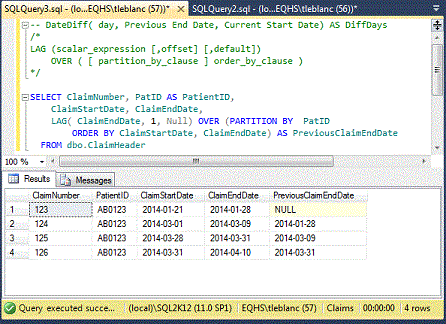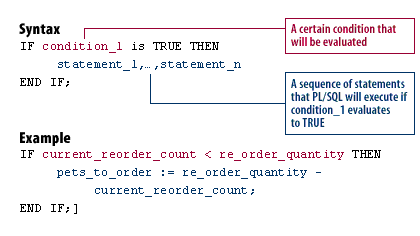SQL HOME SQL Intro SQL Syntax SQL Select SQL Select Distinct SQL Where SQL An Or, Not SQL Order By SQL Insert Into SQL Null Values SQL Update SQL Delete SQL Select Top SQL Min and Max SQL Count, Avg, Sum SQL Like SQL Wildcards SQL In SQL Between SQL Aliases SQL Joins SQL Inner Join SQL Left Join SQL Right Join SQL Full Join SQL Self Join SQL. The name assigned to the sub-query is treated as though it was an inline view or table. Searched CASE expression: Evaluates, in the order specifie Boolean_expression for each WHEN clause.

There is no limit to the number of predicates that can be included in a search condition. For more information about search conditions and predicates, see Search Condition (Transact- SQL ). The following examples show how to use some common search conditions in the WHERE clause. When using the FROM clause in a SQL statement, there must be at least one table listed in the FROM clause.
If there are two or more tables listed in the SQL FROM clause , these tables are generally joined using INNER or OUTER joins. Depending on the flavour of SQL you may need to tweak the casts on the order number to an INT or VARCHAR depending on whether implicit casts are supported. This is a very common technique in a WHERE clause. The WHERE clause can be combined with AN OR, and NOT operators. The AND and OR operators are used to filter records based on more than one condition: The AND operator displays a record if all the conditions separated by AND are TRUE.

The SQL AN OR and NOT Operators. If several columns have the same names but the datatypes do not match, the NATURAL JOIN clause can be modified with the USING clause to specify the columns that should be used for an EQUIJOIN. USING Clause is used to match only one column when more than one column matches. SQL clauses site was designed to help programmers and IT professionals, yet unfamiliar with SQL (Structured Query Language) to learn the language and use it in their everyday work. Our tutorial shows how to put into practice various SQL clauses , SQL commands, SQL statements and SQL operators.
WHERE clauses are not mandatory clauses of SQL DML statements, but can be used to limit the number of rows affected by a SQL DML statement or returned by a query. In brief SQL WHERE clause is used to extract only those from a SQL statement, such as: SELECT, INSERT, UPDATE, or DELETE statement. Today, we will see Clause in SQL. The WITH clause may be processed as an inline view or resolved as a temporary table. Also, we will see nested table references.
So, let’s start SQL Clause Tutorial. SQL , SQL Server , SQL SERVER - How to use if else in where clause ,. ELSE clause is very handy and whenever you need to perform any conditional operation,. The INTO clause is logically applied last in processing, after the ORDER BY and LIMIT clauses.
The target of the INTO clause is a table where the result of the rest select command will be inserted. We can use the SQL PARTITION BY clause with the OVER clause to specify the column on which we need to perform aggregation. SELECT INTO should not be used UNION query. In the previous example, we used Group By with CustomerCity column and calculated average, minimum and maximum values.
Let us rerun this scenario with the SQL PARTITION BY clause using the following query. In this example, we are using SQL where clause to display the records whose yearly income is greater than or equal to Average Income. In diesem Kapitel werden die Einzelheiten der WHERE-Klausel genauer behandelt. Diese Angaben sind vor allem für den SELECT-Befehl, aber auch für UPDATE und DELETE. SYSCS_DIAG diagnostic tables and functions.
This clause filters records based on given conditions and only those row(s) comes out as result that satisfies the condition defined in WHERE clause of the SQL query. Where clause is used to fetch a particular row or set of rows from a table. As SQL professionals, we often have to deal with XML data in our databases. This article will help you walk through several examples of using ‘FOR XML PATH’ clause in SQL Server. We get the requirement to display the data from the relational SQL table in various formats.
END in the where clause of a SQL statement? I have sucessfully used it in the select portion of my statment but I would also like to use conditional criteria in the WHERE portion. Any advice is greatly appreciated. The preceding example returns no rows because the WHERE clause condition evaluates to: department_id ! This article describes how to write a WHERE clause , and uses examples to illustrate various techniques that you can use in a WHERE clause.
In a SQL statement, the WHERE clause specifies criteria that field values must meet for the records that contain the values to be included in the query.
Keine Kommentare:
Kommentar veröffentlichen
Hinweis: Nur ein Mitglied dieses Blogs kann Kommentare posten.